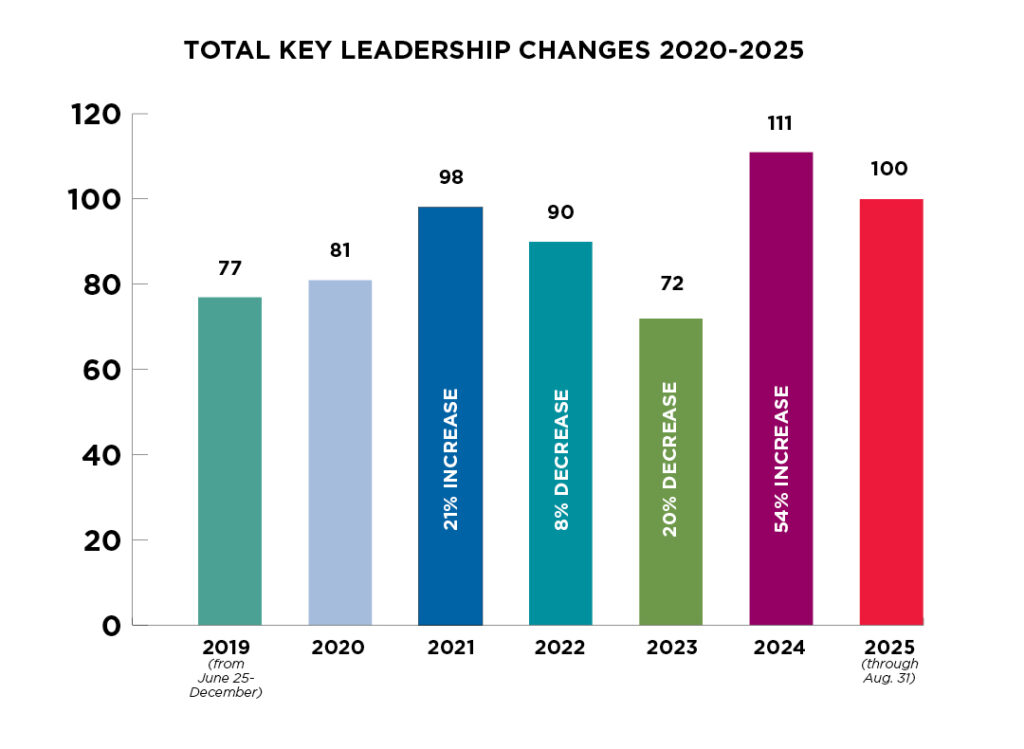McLellan: Should we be worried about ad blocking?

Ad blocking is the action or practice when consumers use a particular piece of software to prevent the download or display of advertising from appearing on a web page. Odds are, you have tried it once or twice yourself.
Typically, ad blocking is done through browser extensions, and more and more consumers are using these extensions. EMarketer forecasts that over 25% of U.S. internet users will block ads by the end of this year. That’s up from 21% in 2016. By the end of 2020, they’re predicting almost 28% of internet users will be blocking ads.
The good news is that it’s not quite as rampant as many marketers feared. But the practice is not going away anytime soon, and the trend is going to continue growing. Which means we have to figure out how to combat it.
When we are on the other side, as consumers, it’s easy to understand. Internet users block ads to protect their digital media experiences. They are overwhelmed by the number of ads, and in a world where people control so much of their media consumption, they have very little tolerance for the uninvited interruptions.
In the ideal world, ads would always have a useful connection to the content, but that’s not our reality. Many ads lack relevance and aren’t well-targeted. On the flip side, in today’s data breach environment, if the ad is too well-targeted, it raises concerns and suspicions.
It’s a bit of a double-edged sword. To serve up relevant ads, we rely on customer data and customers are becoming more and more wary about data use. It seems like every time we turn around, we hear about another data scandal. As a result, privacy laws are getting tougher, and we should expect that pattern to continue.
Consumers are also concerned about how marketers are tracking and targeting their online behaviors.
Ad blocking is especially prevalent among teens and young adults. More than 1 in 3 millennials block ads, but all age groups are increasing in their usage.
Consumers object to digital ads even more on their phones. Eighty percent of mobile users in the U.S. say there are too many ads on their mobile phone. Interestingly, 19% of mobile users think there is just the right number of ads on their phone.
Our job is coming up with more creative ways to create and place ads. Marketers will need to think outside the box when it comes to digital promotions to get the results we want.
Here are some tactics to consider:
Native advertising. Native advertising is paid content that aligns with the publication or site’s established editorial style and tone. It provides the kind of information that the publication’s audience typically expects. Native ads are different from standard ads because they’re designed to fit inside the user’s path through the site.
Rely on the power of content. Brands should focus on creating stronger content and then boosting that content to get more eyeballs. Don’t make the mistake of creating smart, useful content and then just waiting for people to find it. Use re-targeting and paid advertising to drive more traffic to your content.
Product placement. Product placement is a form of advertising where a brand pays to have its product prominently displayed in a TV show, movie, video game or other type of entertainment. Remember the Reese’s Pieces in “ET”? That didn’t happen by accident.
Ad blockers are here to stay. In an odd way, I think it’s good for us. It forces us to make sure our marketing efforts are relevant and beneficial to the audience. Our best marketing is created when we forget we’re marketers and focus on discovering and telling the stories that matter to the consumers we’re trying to reach.










